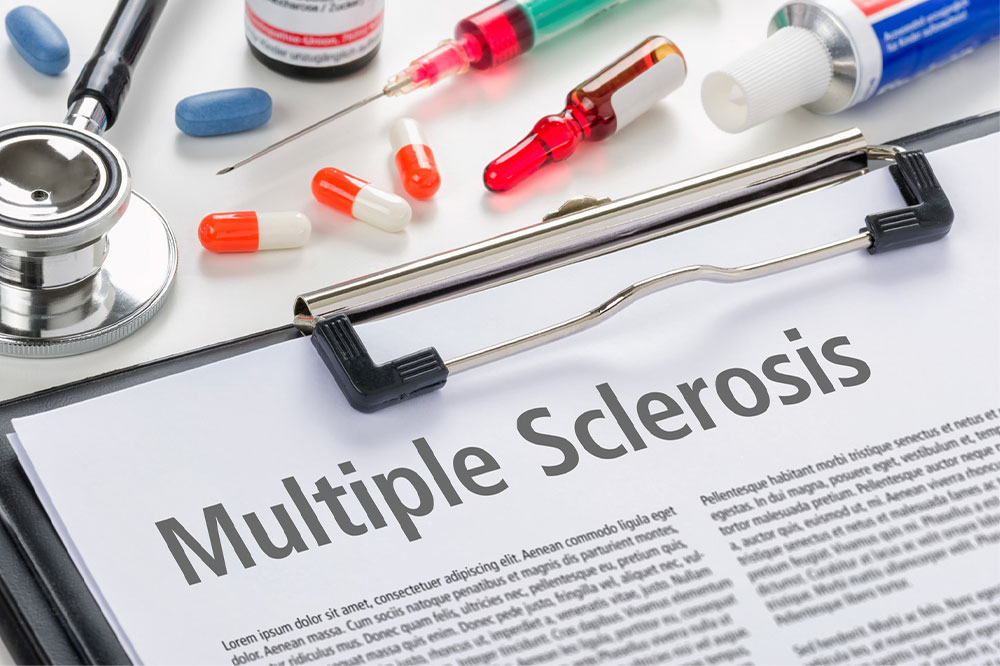
Health
Household products and factors that can lead to lung damage
Household products can help ensure the space remains clean or make the house more aesthetically appealing. However, some things, be it decor like carpets or products like humidifiers, can do more harm than good. In fact, alongside things like water damage, poor materials, and accumulation of fine dust, some everyday household products are known to cause lung damage. Over time, one can face several complications, such as allergic reactions, headaches, and even respiratory issues. 5 household products and factors that lead to lung damage Carpets Carpets, irrespective of size and color, help add some warmth to a room. But, sometimes these decor pieces can act as a breeding ground for pollutants and potential allergens, such as dust, dirt, pet dander, lead, dust mites, and cockroach allergens. Furthermore, toxic gases can settle into these carpets, which may become airborne during activities like walking, running, and even vacuuming. These carpets can also contain certain chemicals in the form of adhesives and carpet pads, which can be incredibly harmful to lung health. So, one of the best ways to steer clear of this lung-damaging household product is to alternatively use rugs or stick to hard flooring, especially in damp areas of the house like kitchens, bathrooms, and entryways.
Read More 













